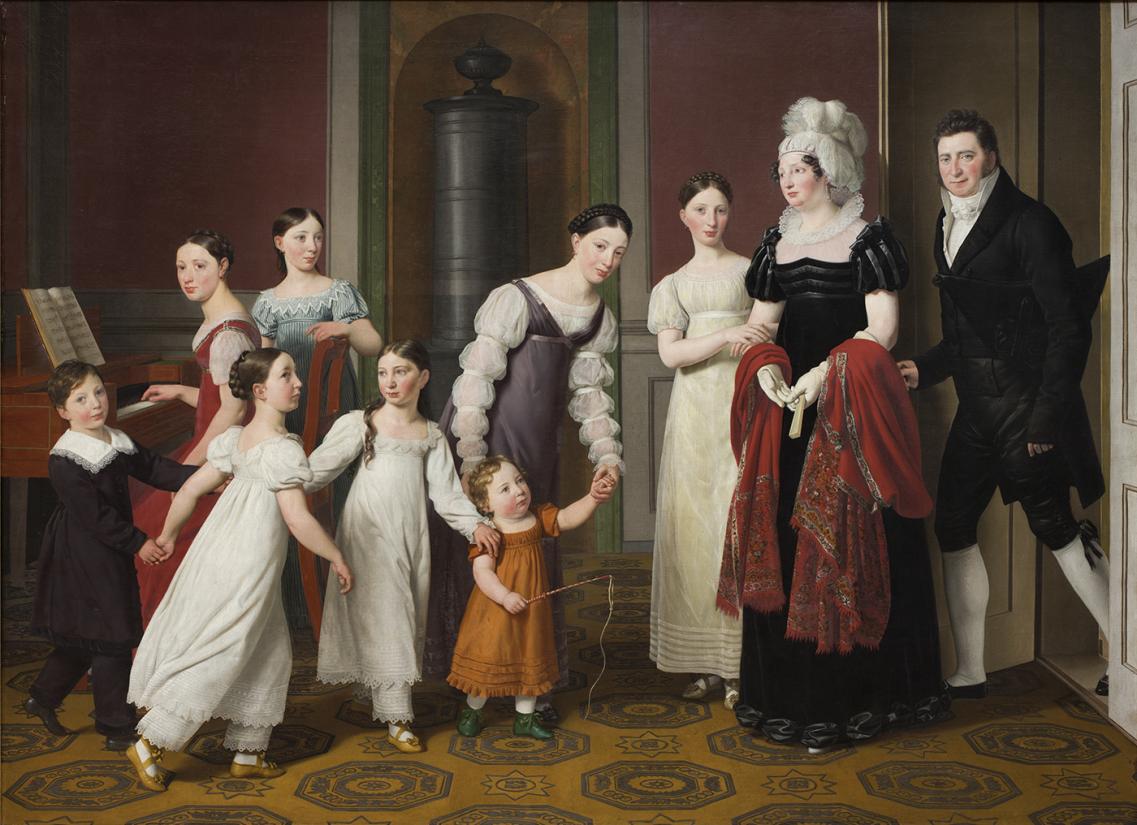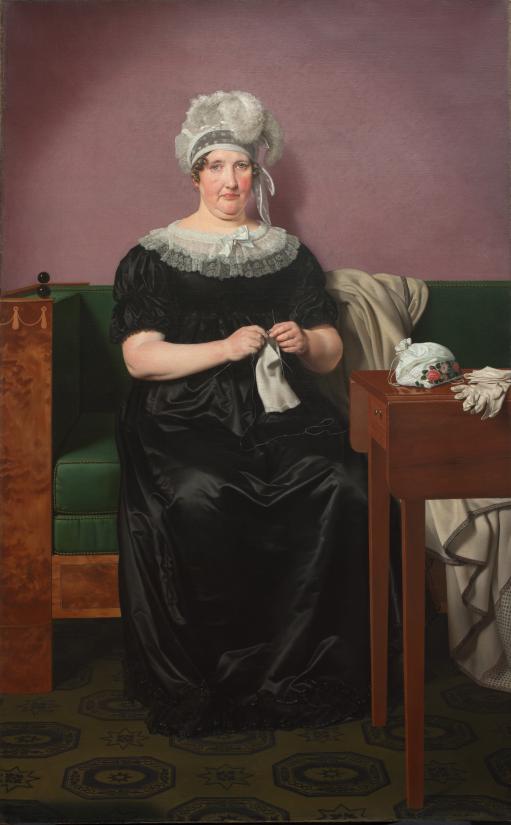– den bedste, troeste og smukkeste Lighed. Følelse og ideal i C.W. Eckersbergs portrætter.
C.W. Eckersbergs udtalte ønske var at male ”Sandheden”. Den sandhed tolkes i afhandlingen som hans forsøg på at nedfælde et idealt subjekt, hvilket han forløser formelt og stilistisk gennem en streng form, som er båret af linjen mere end af farven og det maleriske – inspireret af den antikke, arkaiske kunst og prærenæssancens æstetik.
Afhandlingen fortolker C.W. Eckersbergs portrætter ud fra formelle, filosofiske og sociale synsvinkler og bevæger sig fra samfund til subjekt, fra ydre omstændigheder til indre rørelser, fra overordnede europæiske strømninger inden for kunst og filosofi til den subjektive oplevelse af følelsen dengang og i dag.
Afhandlingen indskriver Eckersberg i en tværeuropæisk bølge af primitivisme og sætter ham i forbindelse med bl.a. franske J.-A.-D. Ingres og de tyske nazarenere. Den diskuterer desuden det følelsesmæssige indhold i portrætterne gennem analyser af gestiske og kompositoriske elementer forstået i forhold til periodens sociale konventioner og dannelsesidealer. Afslutningsvis holdes resultaterne op mod en nutidig forståelse af portrætterne.
The Best, the Truest and the Most Beautiful Likeness: Emotions and Ideals in the Portraits of C.W. Eckersberg.
PhD thesis by Anna Schram Vejlby. University of Copenhagen and The Hirschsprung Collection.
The thesis analyses the portraits of C.W. Eckersberg from formal, philosophical and social perspectives. The thesis moves from society to subject, from outer circumstances to inner emotions, and from general European currents in art and philosophy to the subjective experience of emotion at the time of Eckersberg and today. Eckersberg’s express intention was to paint ‘the truth’. In the thesis, this ‘truth’ is interpreted as his endeavour to capture the ideal subject and thereby bridge the experiential divide against the background of German idealism’s approach to reality, as opposed to the dualism of the Cartesian mind-body split. Inspired by the simplified aesthetics of archaic and Pre-Renaissance art, Eckersberg realises this ideal formally and stylistically through stringent works borne by line rather than colour or painterly qualities. The thesis inscribes Eckersberg in a pan-European wave of primitivism, linking him to the French painter J.-A.-D. Ingres and the German Nazarenes, among others. The thesis also addresses the emotional content of the portraits through an analysis of their gestural and compositional elements in relationship to the social conventions and the civilisation and cultivation ideals of the period. Finally, these conclusions are related to contemporary readings of the portraits.
Om stipendiaten
Anna Schram Vejlby (f. 1979) er ph.d. i kunsthistorie fra Københavns Universitet. Hun har været museumsinspektør på Den Hirschsprungske Samling siden 2010, hvor hun har arrangeret udstillinger og skrevet og redigeret bøger om dansk og tysk kunst i det 19. århundrede. Hendes forskningsinteresser ligger især indenfor portrætkunst, følelsernes historie og forholdet mellem idealisme og realisme i guldalderen. Anna Schram Vejlby har tidligere arbejdet som programredaktør på Det Kongelige Teater og som museumsinspektør på Ny Carlsberg Glyptotek.
Dato for afhandlingens forsvar: 6. marts 2017

